Sorption thermodynamics and aggregation as controls of substrate use and mineralization 2: Response to complex boundary conditions
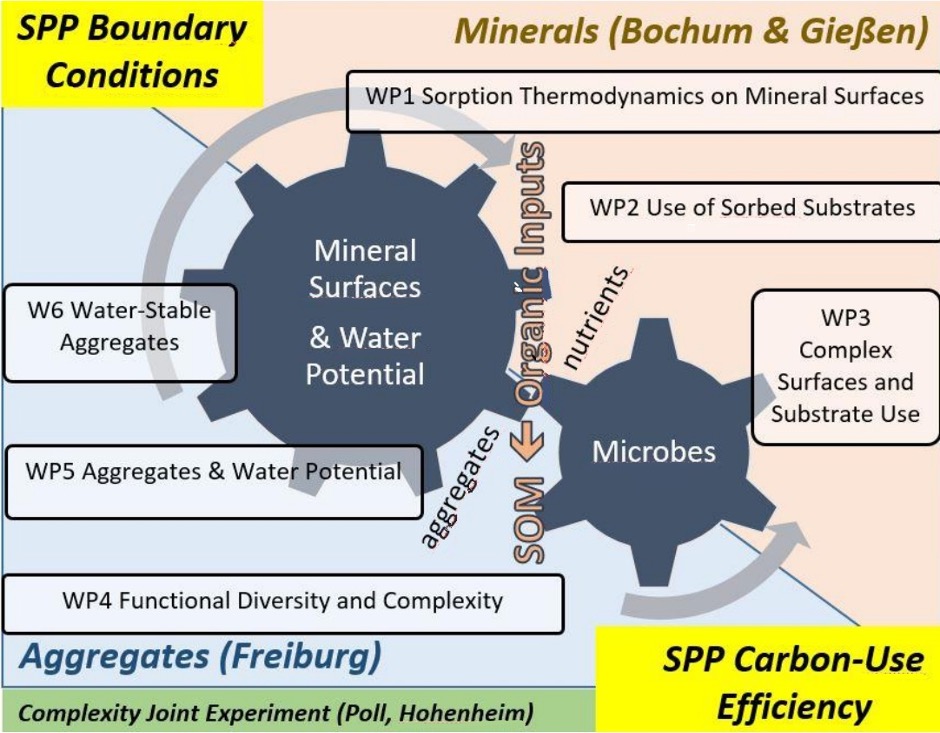
Sorption strength of organic molecules to minerals and the stability of aggregates protecting organic substrates are among the boundary conditions that “shape the energy and matter dynamics of soil biota.” (overall Hypothesis C of SPP 2322). Although the stabilization of organic matter against microbial use and mineralization in soil has been linked to sorption, its relationship to the thermodynamics of sorption processes are still the subject of ongoing research. In the first funding phase, we found that the sorption energy of carboxylic acids to iron oxide surfaces is likely a dominating control on microbial processing and thus sequestration of C. For sugars and amino acids, biochemical cycling and other boundary conditions such as nutrient availability, moisture content or pH overwrote the effects of sorption and influenced the mineralized/assimilated substrate ratio (carbon use efficiency).
To analyze the response to complex boundary conditions shaping energy and matter use, as depending on sorption thermodynamics we will test the following hypotheses: (HI) Gibbs free energy of sorption of small organic acids and thermodynamic hysteresis increases with mineral non-crystallinity and surface hydroxyl groups of the sorbent oxide minerals. (HII) Carbon use efficiency (CUE) is mainly determined by assimilation and controlled by a complex combination of boundary conditions (desorbability, nutrient availability, moisture and pH) rather than sorption strength alone. (HIII) Microbial use of sorbed substrates increases with greater functional diversity and complexity of the soil microbial community at constant N, P and energy availability. And (HIV) stability of mineral aggregates increases as osmotic potential decreases, and microbes produce extracellular polymeric substances, thus lowering the accessibility of substances to microbial processing in water stable aggeregates.
We will test these hypotheses in six work packages (WP) through mirrored mineral- and aggregate-based approaches at Bochum/Giessen and Freiburg. The mineral-based approach scales from surface-molecule interactions to microbial use of substrates sorbed to minerals with increasing complexity of mineral surfaces (number of OH-groups, crystallinity). The aggregate-based approach scales from water potential of soil columns to individual water-stable aggregates resulting from complex interactions between water, heat and microorganisms. Both will use a common set of minerals and substrates: goethite, gibbsite, kaolinite, glucose*, citric acid and partly phenol* (*C6 compounds from core experiment). Soil material will come from Thyrow (project standard) and a selection of the time steps and all soil mixtures in the respective Battery and Complexity joint experiments of the SPP. Combining the expected results from complex boundary conditions, our project will deliver essential insights for the integration of thermodynamic concepts in soil ecosystem functioning.
Link to English scientific abstract
Link to German scientific abstract
Link to project in the 1st phase
Research Team
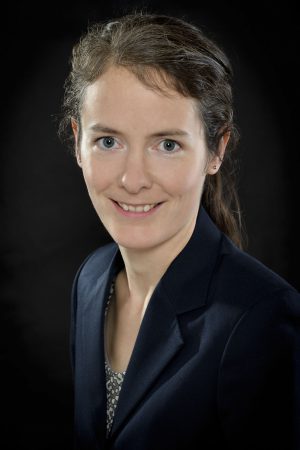
Project Leader
ines.mulder@ruhr-uni-bochum.de
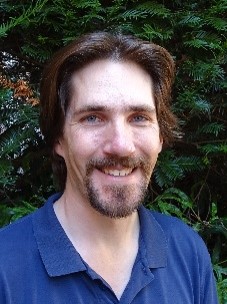
Project Leader
kenton.stutz@boden.uni-freiburg.de

Project Leader
jan.siemens@uni-giessen.de
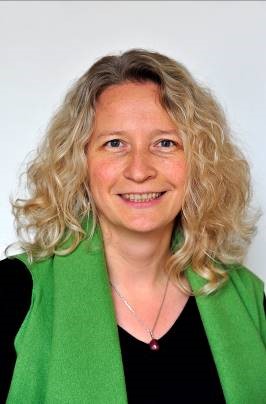
Project Leader
fritzi.lang@bodenkunde.uni-freiburg.de

PhD Student
aakib.sajol@ruhr-uni-bochum.de
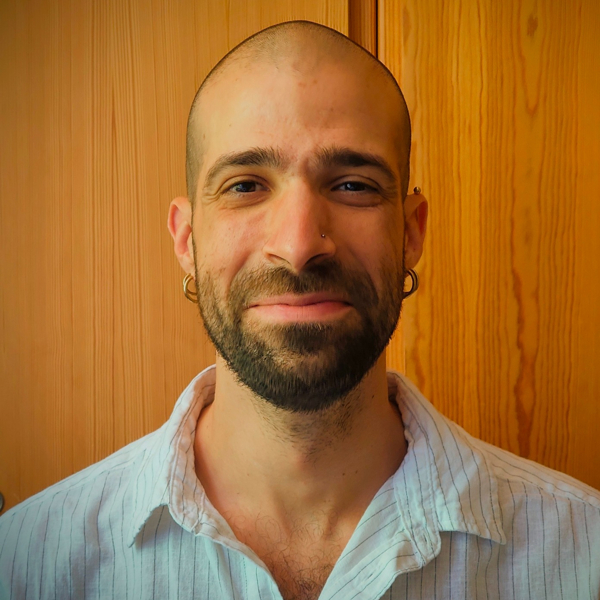
PhD Student
gal.geva@bodenkunde.uni-freiburg.de
Justus-Liebig-Universität Giessen
Department of Soil Science and Soil Conservation
Chair of Soil Resources
Ruhr-Universität Bochum
Institute of Geography
Soil Science and Soil Resources
University of Freiburg
Soil Ecology